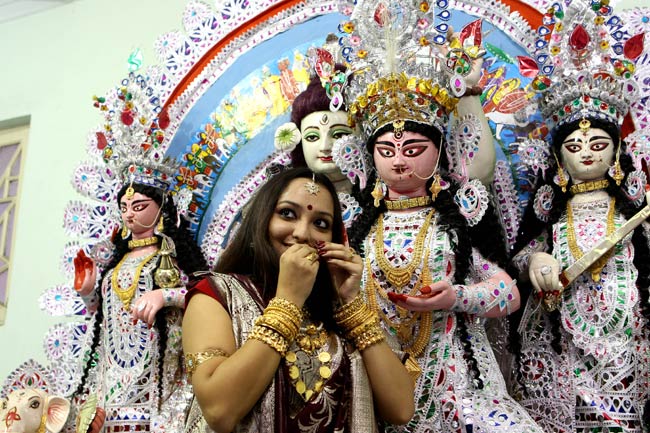
Vijayadashami also known as Dasahara, Dusshera, Dasara, Dussehra or Dashain is a major Hindu festival celebrated at the end of Navaratri every year. It is observed on the tenth day in the Hindu calendar month of Ashvin or Kartik, the sixth and seventh month of the Hindu Luni-Solar Calendar respectively, which typically falls in the Gregorian months of September and October. Vijayadashami is observed for different reasons and celebrated differently in various parts of South Asia. In the southern, eastern, northeastern, and some northern states of India, Vijayadashami marks the end of Durga Puja, remembering goddess Durga’s victory over the buffalo demon Mahishasura to restore and protect dharma. Vijaya Dasami is observed as Bijoya Dashami, immediately after the day of Dashami or the tenth day of Navaratri, marked by a great procession where the clay statues are ceremoniously walked to a river or ocean coast for a solemn goodbye to Durga. Many mark their faces with vermilion (sindoor) or wear some red clothing. It is an emotional day for some devotees, even for many atheist Bengalis as the congregation sings emotional goodbye songs. When the procession reaches the water, Durga is immersed, the clay dissolves, and she is believed to return to Mount Kailasha with Shiva and to the cosmos in general. People distribute sweets and gifts, visit their friends and family members some communities such as those near Varanasi mark the eleventh day, called Ekadashi, by visiting a Durga temple. In Nepal, Vijayadashami follows the festival of Dashain. Youngsters visit the elders in their families, distant ones come to their native homes, and students visit their school teachers. The elders and teachers welcome the youngsters, mark their foreheads with tika and bless them. The family reveres the Hindu goddess of wealth Lakshmi, hoping for virtuous success and prosperity in the year ahead.
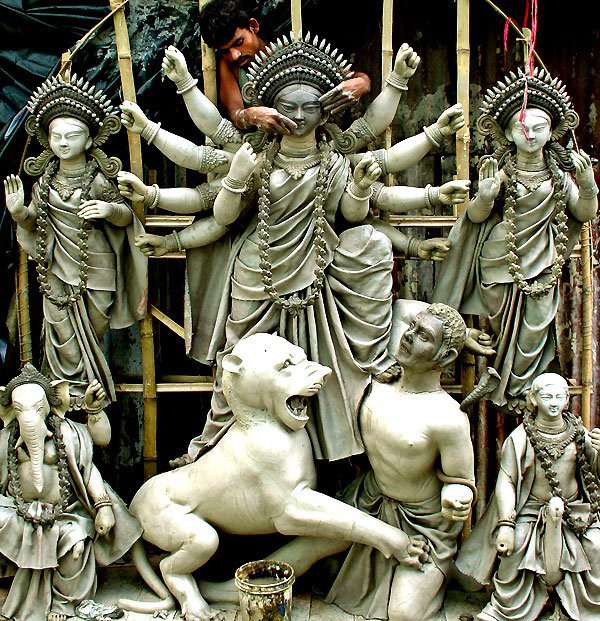
The Sun Might Have not Risen: First, let’s clear the etymology of this name Dusshera. Dusshera comes from two Sanskrit words, Dasha and Hara meaning Sun and Defeat respectively. The thunderous activities of demon Ravana were at its height and there was a belief that if he is not killed, the sun won’t rise. Lord Rama had to defeat Ravana and the sun rose with glory.
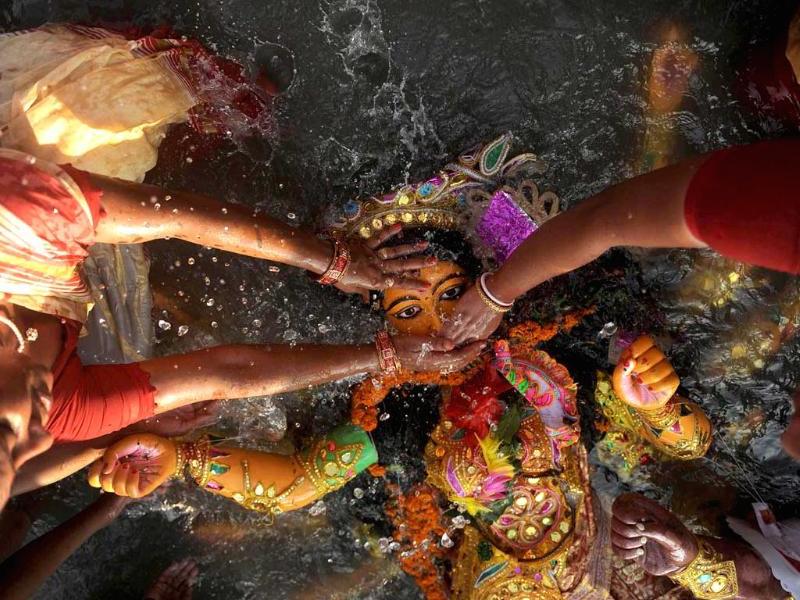
The Fight for Immortality: As per Puranas, old scriptures, we come to know that the whiz Mahishasura wanted immortality and that’s why he was engaged in praying to Lord Brahma. Lord Brahma was impressed and granted him immortality. But he took this blessing in a bad light and started taking all other demons under his patronage and advised all of them to create chaos and havoc on the Earth. These asuras or demons became so powerful that they also defeated the Gods. All gods went to meet Lord Brahma and he then called upon Lord Vishnu and Lord Shiva for a meeting. These three gods then decided to create the most powerful woman of this universe named Devi Durga. She would be created with all the energies of these three gods – Brahma, Vishnu, and Shiva. So, Devi Durga started fighting with Mahishasur and this war went for 9 prolonged days and nights. On the tenth day, Mahishasura was finally killed. So, now the question may arise if Mahishasura was granted immortality, how can someone kill him? The real story is that Lord Brahma is the lord of the lord’s played a clever game. He granted him immortality but also said that only a woman can kill him. Subjugating the power of a woman, Ravana started thinking that he is really immortal.
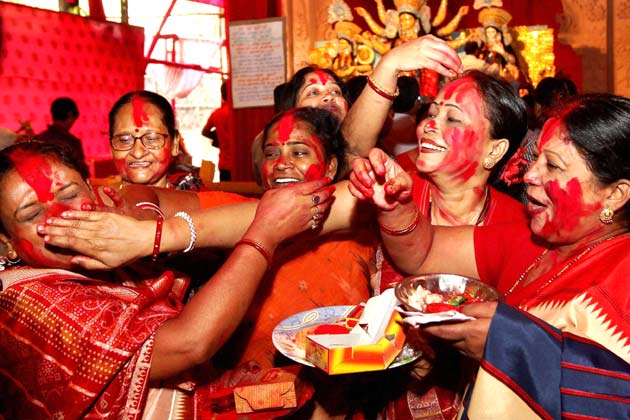
Ten Things We Hate: We all have good and bad qualities inside us. We are a representation of the qualities we have nurtured, may be good or bad. Ravana is also known as Dashanana and this name means someone who has ten heads (Dash – ten; Anana – head). Each of these ten heads refers to ten bad qualities and they are Kamavasana – Lust; Krodha – Anger; Moh – Attachment; Lobh – Greed; Mada – Pride; Matsara – Jealousy; Swartha – Selfishness; Anyaaya – Injustice; Amanavata – Inhuman or Cruelty; and Ahankara – Ego. When the effigy of Ravana is burnt down, one’s soul is also cleansed from these ten ruining qualities.
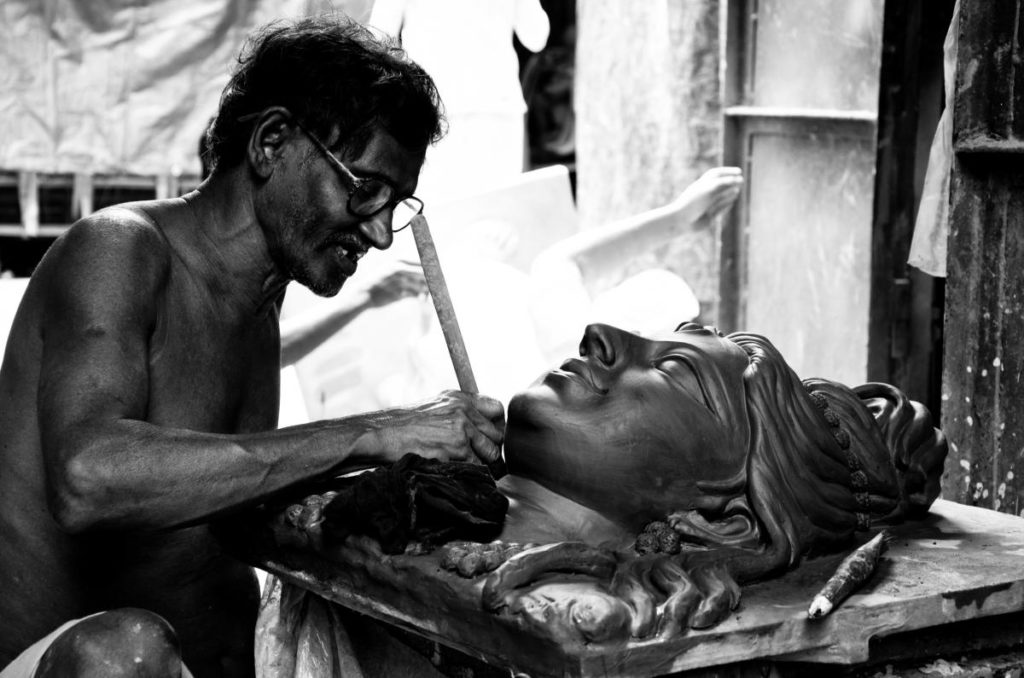
The Homecoming: In some stories, it is said that Goddess Durga along her children Lakshmi, Ganesha, Karthik, and Saraswati comes to her birthplace, i.e., earth and stays for some time. On the Vijaya Dashami day, she returns to Kailash to her husband Lord Shiva. In many communities, this is why all the married or unmarried women of the family return home.
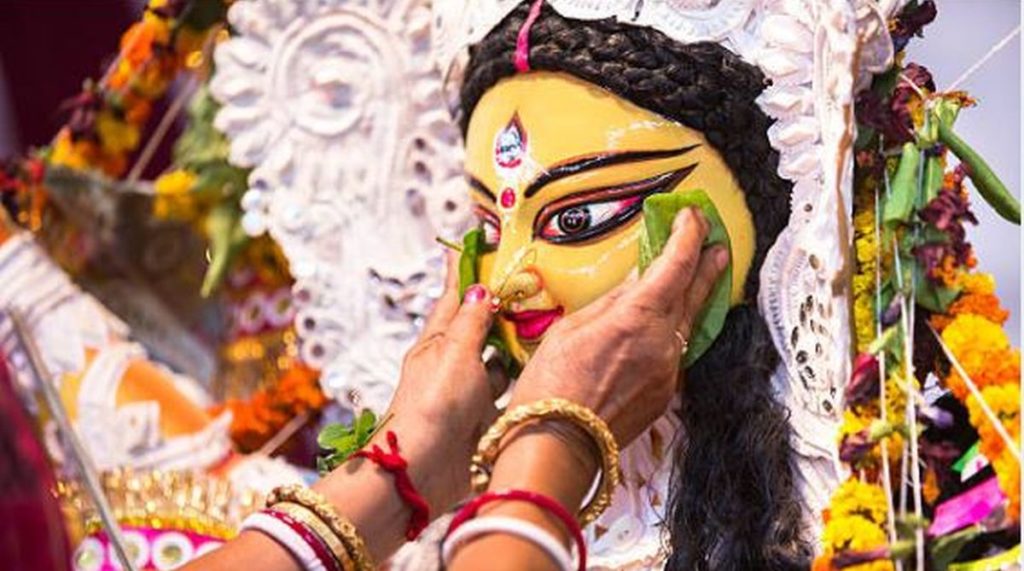
No Boundaries of Celebration: Apart from India, Nepal, Bangladesh, Sri Lanka, and Malaysia also celebrates this festival with great enthusiasm. As Indians are settled in almost all major places in the world, we also see Durgotsav in London, Los Angeles, Sydney, etc.
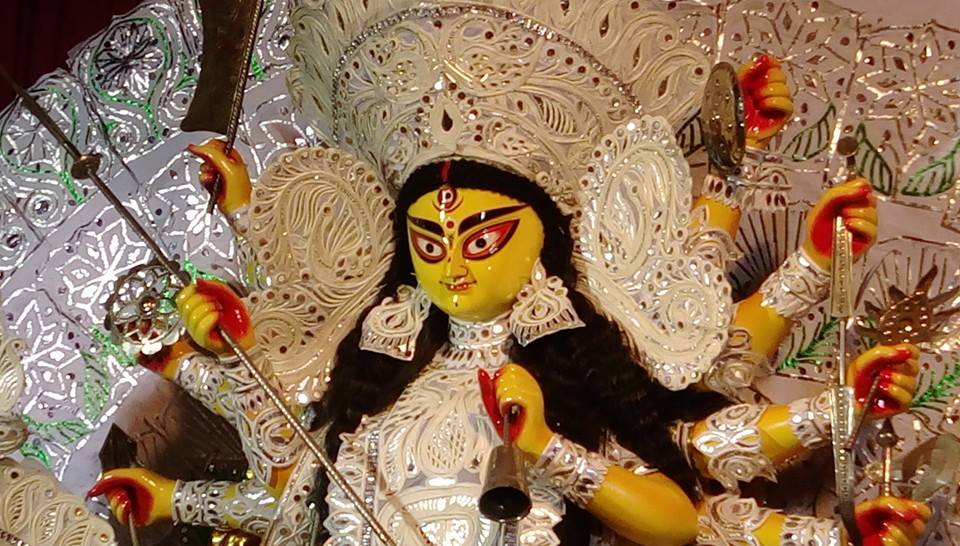
The D-Day of Asura: The last day of the festival is named “Vijaya Dashami” and that means victory achieved on the 10th day of the lunar calendar. Vijaya means victory while Dashami is referred to the 10th day of the lunar calendar. On this day, Devi Durga defeated the cruel Mahishasura.
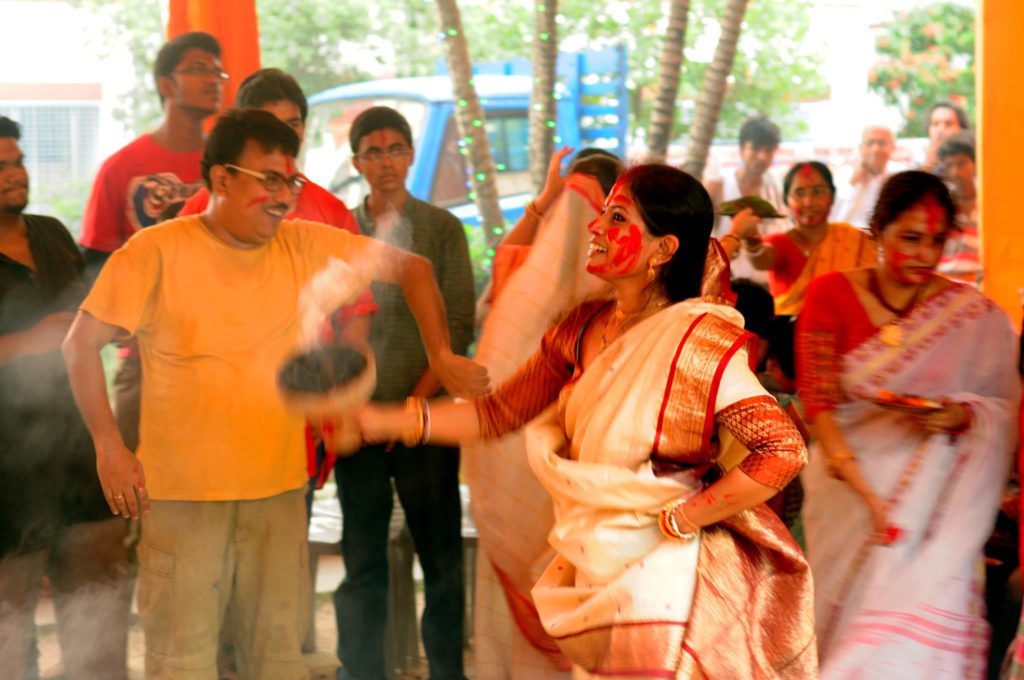
Upscaling Dusshera: So, since when this tradition of large scale celebration of Dusshera started? It began in the 17th century in Mysore because the king of Mysore ordered his people to celebrate this festival with great enthusiasm. That’s how it spread all across the country. Today we see so much money incurred for pandals, lights, floral decoration, and live performances of bands or individual singers.
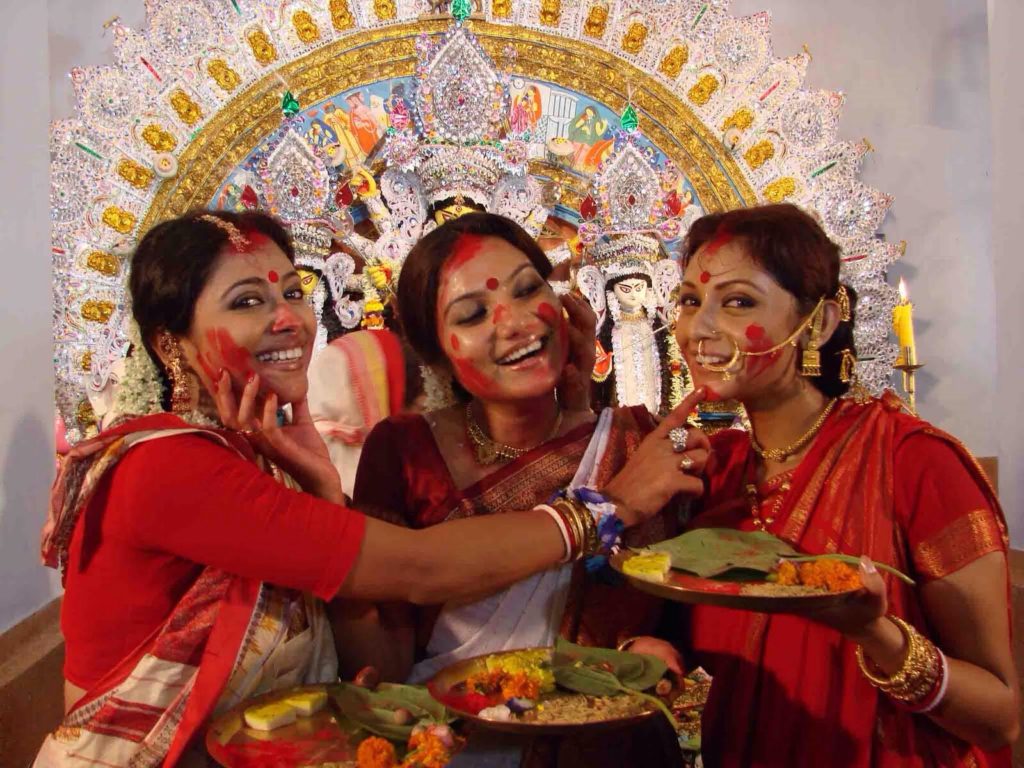
Change of Season: The onset of the winter season is marked by this festival. The scorching-sultry summer and the dark-gloomy monsoon say a bye and a cool-pleasant winter arrives. So, the harvesting also changes from Kharif to Rabi.
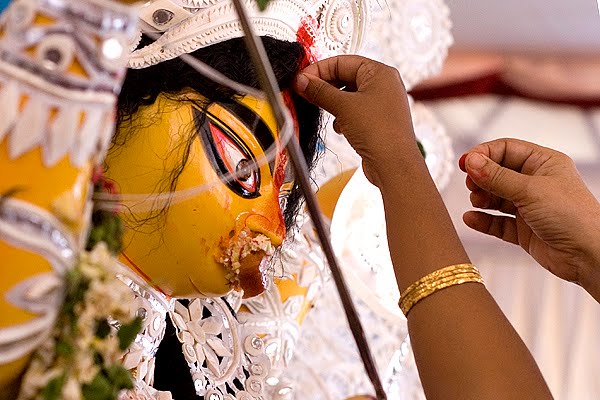
How Rama Met Durga: In the beginning, we said that most people believe that this festival is celebrated in honor of Lord Rama or Goddess Durga. Lord Rama performed the Chandi Homa Yajna to take blessings from Devi Durga before killing the demon Ravana. Devi Durga granted Lord Rama a boon and also shared some tips on how to kill Ravana.
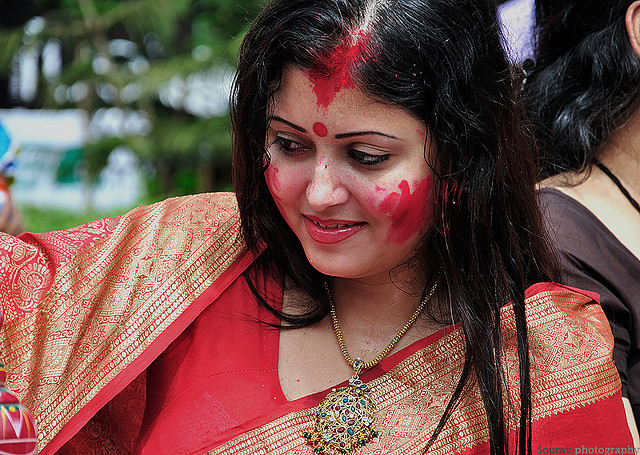
May this celebration brings not only prosperity but also joy. This celebration was meant for you to have it all, the atmosphere is filled with love and mirth. Therefore, I wish you a great celebration for your family & Friends. Happy Dusshera & a prosperous future
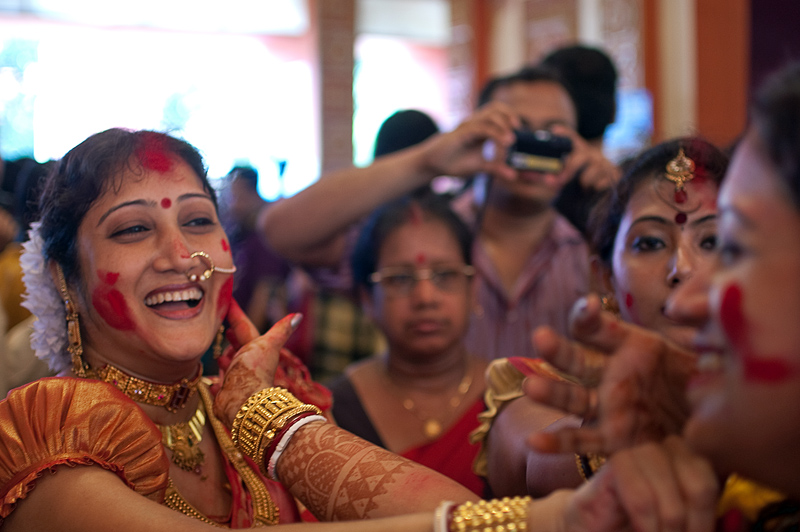
Contact: www.dreamwaydestinations.com & www.visittobengal.com Or Call me at +919733465000 & +919474092500 Or WhatsApp : +918617432205